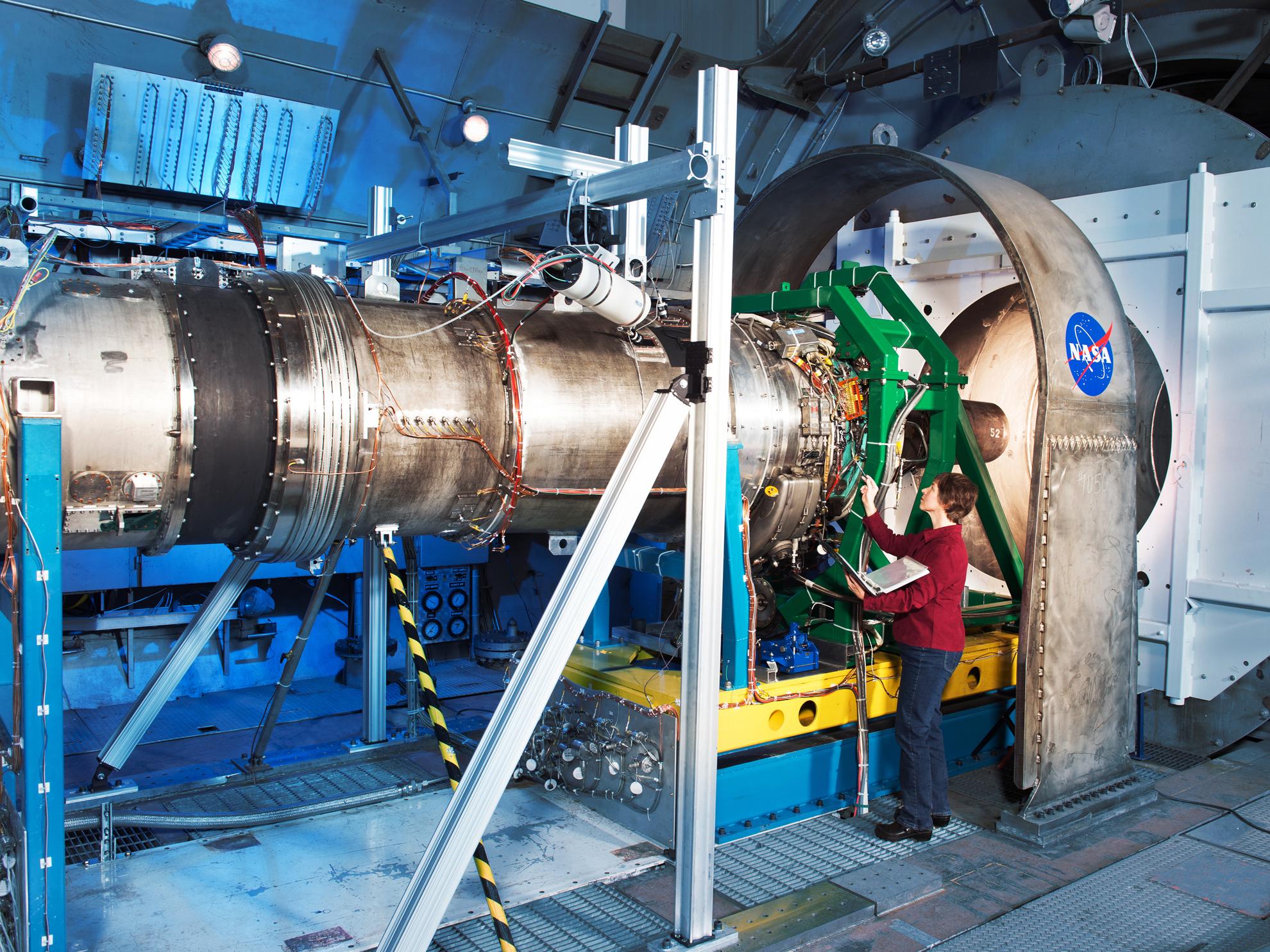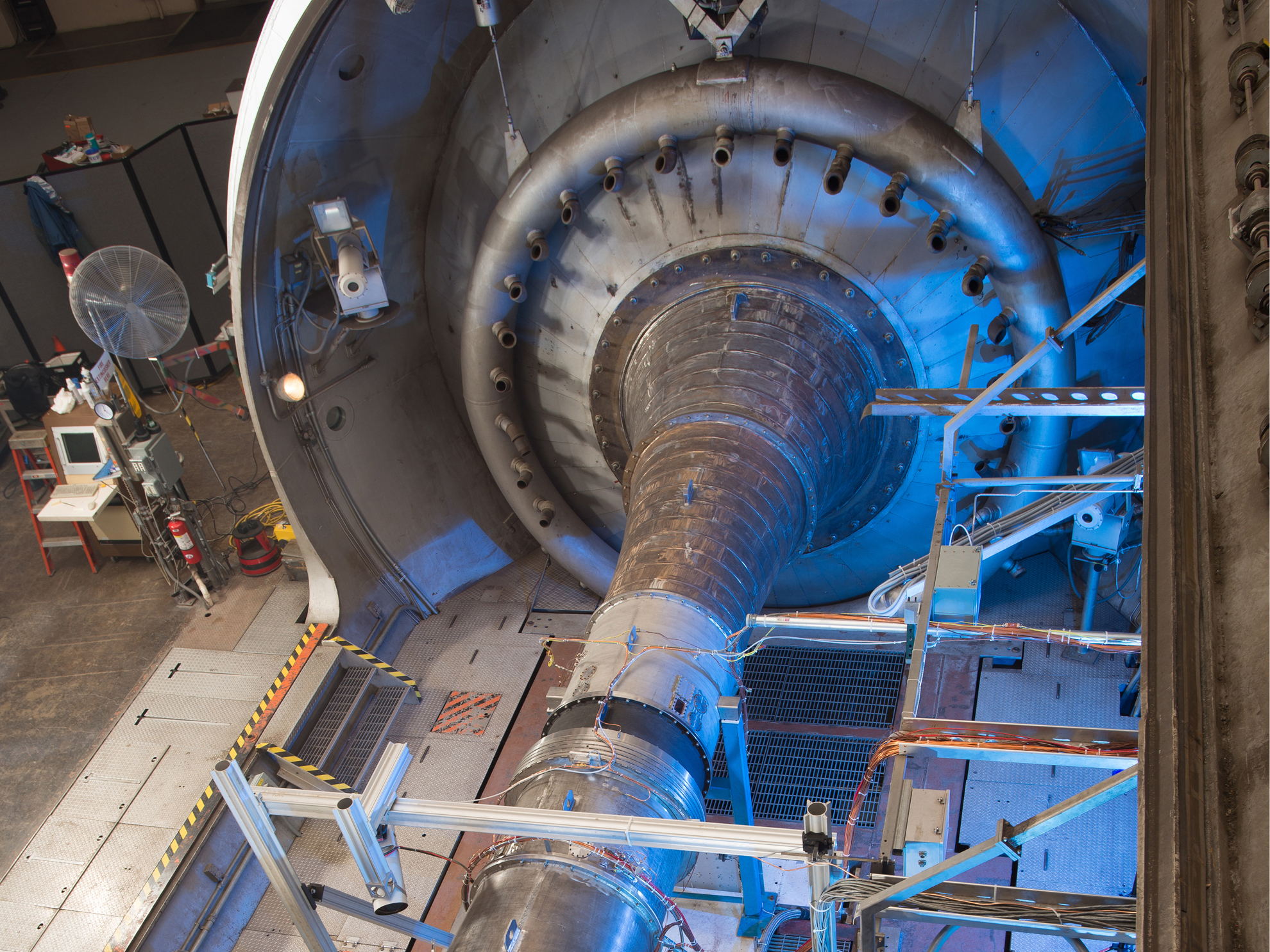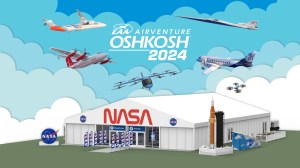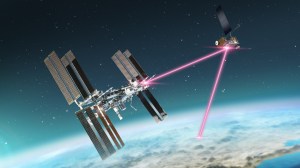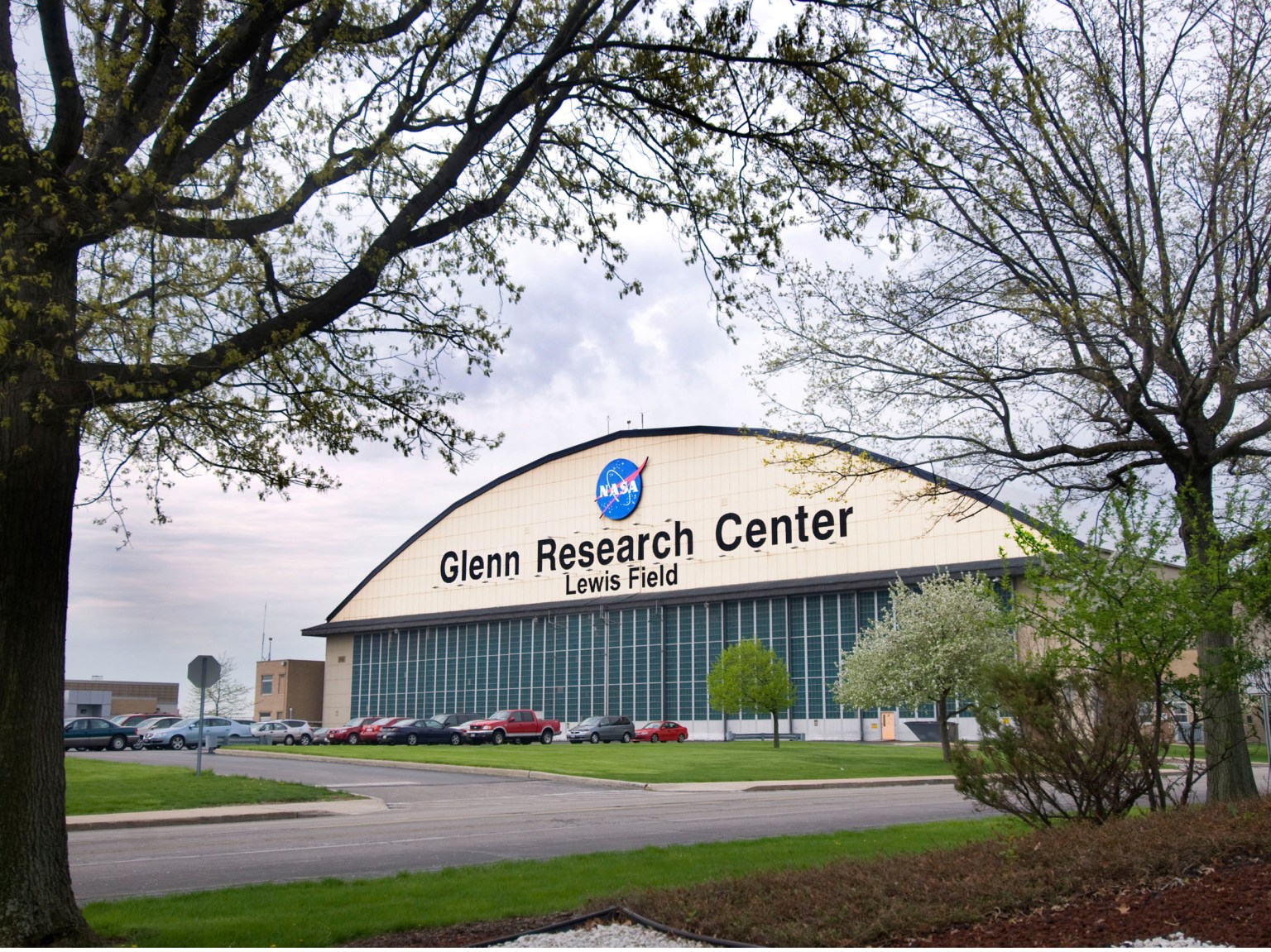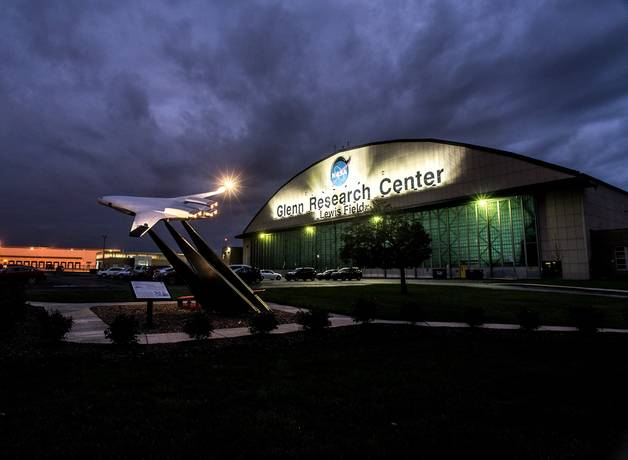How does ice accumulate inside hot turbofan jet engines during flight? NASA scientists, working with engine manufacturers, are closer to answering that question thanks to the only test facility in the world capable of creating a high altitude ice crystal cloud during a full-scale engine test at the Glenn Research Center.
Over the last 20 years, more than 200 incidents have been documented of turbofan jet engines losing power during high-altitude flights, even though pilots observed little to no inclement weather. For many of these incidents, the aircraft were flying in the vicinity of deep convective storm clouds with only light rain on the windshield. Due to the lack of liquid water content at these high altitudes, it was thought that ice crystals were hitting and melting on the heated windshields of the aircraft.
Investigators have developed a theory that the aircraft are flying through dense clouds of small ice crystals. The crystals are ingested into the engines where they melt on the warm surfaces inside the engines. The surfaces eventually become cold enough during flight that ice can begin to build up, or accrete, which can affect the normal operation of the engine. This is known as ice crystal icing.
Ice crystal clouds occur near deep convective thunderstorms where warm moist air rapidly rises and water vapor condenses forming liquid water particles that freeze and flow out of the top of the cloud. The ice crystals can travel up to 30 nautical miles away from the main storm. Pilots are instructed to fly around these storms, but the distance may not be far enough to avoid the far reach of the ice crystal clouds.
“Ice crystals are thought to bounce off colder than freezing hardware and that warmer than freezing hardware would not accrete ice,” says Michael Oliver, aerospace engineer and research lead on the project. “But we are finding that a combination of ice and water on these surfaces is able to cool down the hardware to the point where ice can accrete.”
Understanding how a constant flow of warm air inside the engine interacts with a constant flow of ice crystals has challenged conventional theories. “We are now investigating the physics of ice crystal icing. For instance, whether or not a water layer coats warmer than freezing surfaces of the engine or heated sensors at first and allows ice crystals to accumulate leading to cooling of the surfaces and ice accretion,” explains Oliver. Up until recently, engine manufacturers could only perform component tests to investigate their high altitude ice crystal icing theories, but recreating the desired conditions and measuring the results was difficult and expensive
Earlier this year, however, NASA Glenn researchers were able to re-create the high altitude ice crystal cloud environment in the Propulsion Systems Laboratory (PSL) during a full-scale engine test, which resulted in a loss of engine power. For the first time ever, scientists calibrated to a very fine degree, ice crystal clouds found at the high altitude and pressure conditions typical in flight.
“The big question was, can we simulate the right aspects of the ice crystal cloud that causes the power loss?” says Judy Van Zante, icing cloud specialist. “We cannot vary the shape of the ice particles, but our specially-designed spray bars allow us to control the size and total amount of ice in the cloud.”
“These crystals can flow into the hot compression system of a turbofan engine and accrete internally. What we are able to do in the PSL is simulate a high altitude ice crystal environment. With the controlled environment, we can study where and how the ice is accumulating,” she says.
Glenn is working with industry to address this aviation issue by establishing a capability that will allow engines to be operated at the same temperature and pressure conditions experienced in flight, while ingesting ice particles.
The information gained through performing these tests will also be used to establish test methods and techniques for the study of engine ice crystal icing in new and existing commercial engines. It will also help develop validation data sets required for advanced computer codes that can be specifically applied to assess an engine’s susceptibility to ice crystal icing in terms of safety, performance and operability.
Nancy Smith Kilkenny, SGT Inc.
NASA’s Glenn Research Center


























